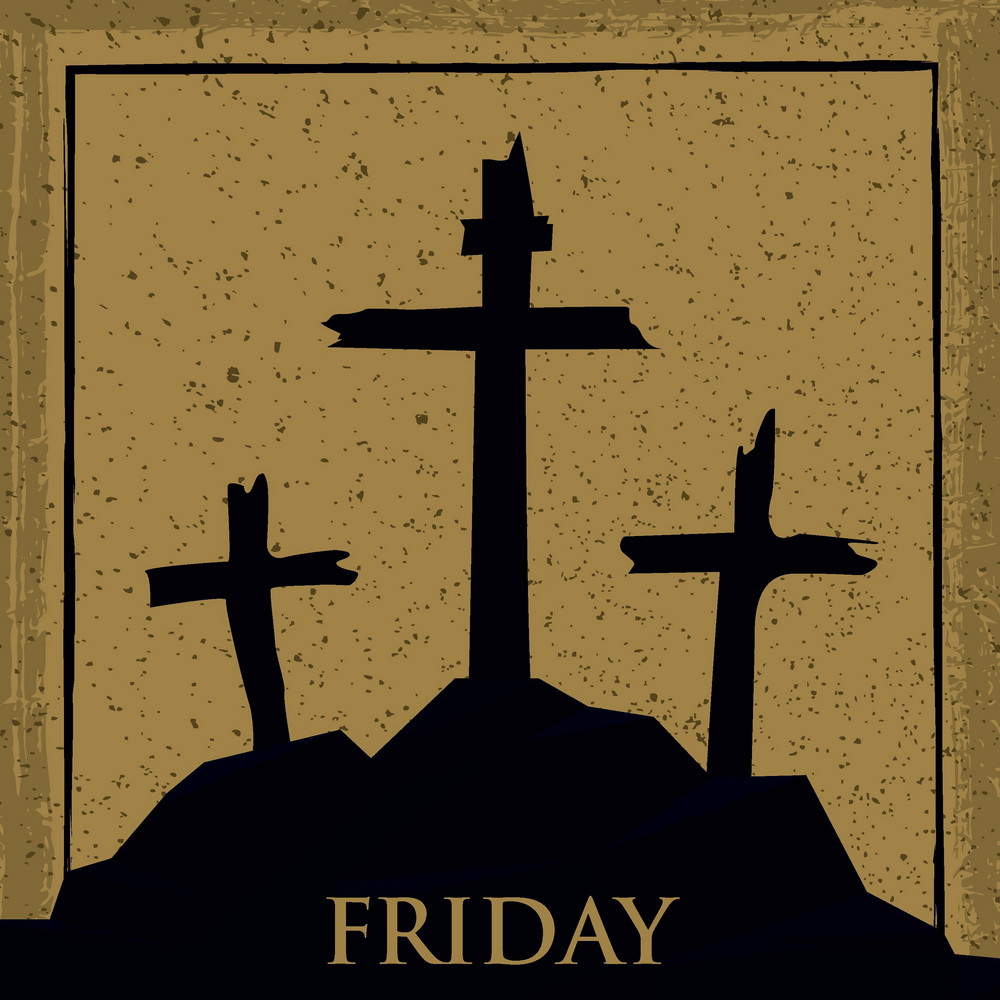
by Tessa Davidson, assistant professor of art
This was the topic of discussion at dinner one evening among the Honors Symposium faculty. We were sitting around a table in Cone Chapel, and I listened as the responses circled.
The most instinctive response was: “It’s ugly, and it was the ugliest sight to mankind.” Anyone who knows anything about the Roman crucifixions knows they were horrific. The Romans spent centuries developing and perfecting the most excruciating and humiliating way to torture a human to death, and the cross was the result.
With modern sensitivities it is impossible to imagine what it would be like to stand in front of a human body violently ripped to shreds, bleeding out and hanging naked in front of a mocking crowd. If any of us were to witness only a minute of the crucifixion, we would probably throw up. It would have been brutally ugly.
But if God is the source of all beauty — if God is beauty — how can we label this defining moment “ugly”? Furthermore, how can we align ourselves with the ideals of Paul when he says, “May I never boast except in the cross of our Lord Jesus Christ”? Herein lies the complexity.
Growing up, I often spoke of “Good Friday” as if it were “Bad Friday.” To me, all the sad, debasing and horrific things happened on Friday. Glory did not come until Sunday morning.
But the New Testament presents it differently. It’s not that there was a debasement, and then on Easter alone there was exaltation. In the cross, two things are happening simultaneously.
On one hand, the shame, ugliness, humiliation and pain were of the utmost. God poured himself out in the most extreme way, and it was horrific.
But at the same time, it was Christ’s finest hour, the moment of his greatest exaltation and his greatest glory. This is how Jesus spoke about the cross: “The hour has come for the Son of Man to be glorified” (John 12:23). To Jesus, being lifted up on the cross was the defining moment in which he would “draw all people to [him]self” (John 12:32).
For more than a millennium before to the cross, the Hebrew scriptures repeatedly testified that God was a “compassionate and gracious God, slow to anger, abounding in love and faithfulness, maintaining love to thousands, and forgiving wickedness, rebellion, and sin.” At the cross, humanity saw a clearer vision of this beautiful testimony. The core of God’s character was fully displayed, and humanity was given its greatest glimpse of His love and mercy.
While his nature had been revealed, it unfolded in 4D and full color at the cross. During the crucifixion, the God of love — flayed and stretched out — looked out with grace as his enemies mocked and spat on Him.
It is called “Good Friday” because humanity witnessed the greatest reversal of all time: sin, shame, and ugliness were confronted, taken up and transformed. This was a moment of reckoning and great triumph when God victoriously “disarmed the powers and authorities” (Col. 2:15). Somehow, God was able to use the ugliest and most debased image as the medium for an even greater image — one of his glory, exaltation and beauty.
As an artist, I have come to realize that some of the greatest beauties are layered and multifaceted and often overwhelm my expectations. This is seen throughout the work of the great masters.
Is the cross beautiful?
“Yes,” I heard myself saying at the dinner table. It was the most sensible conclusion I could surmise both then and now, “And it must be the most beautiful.”